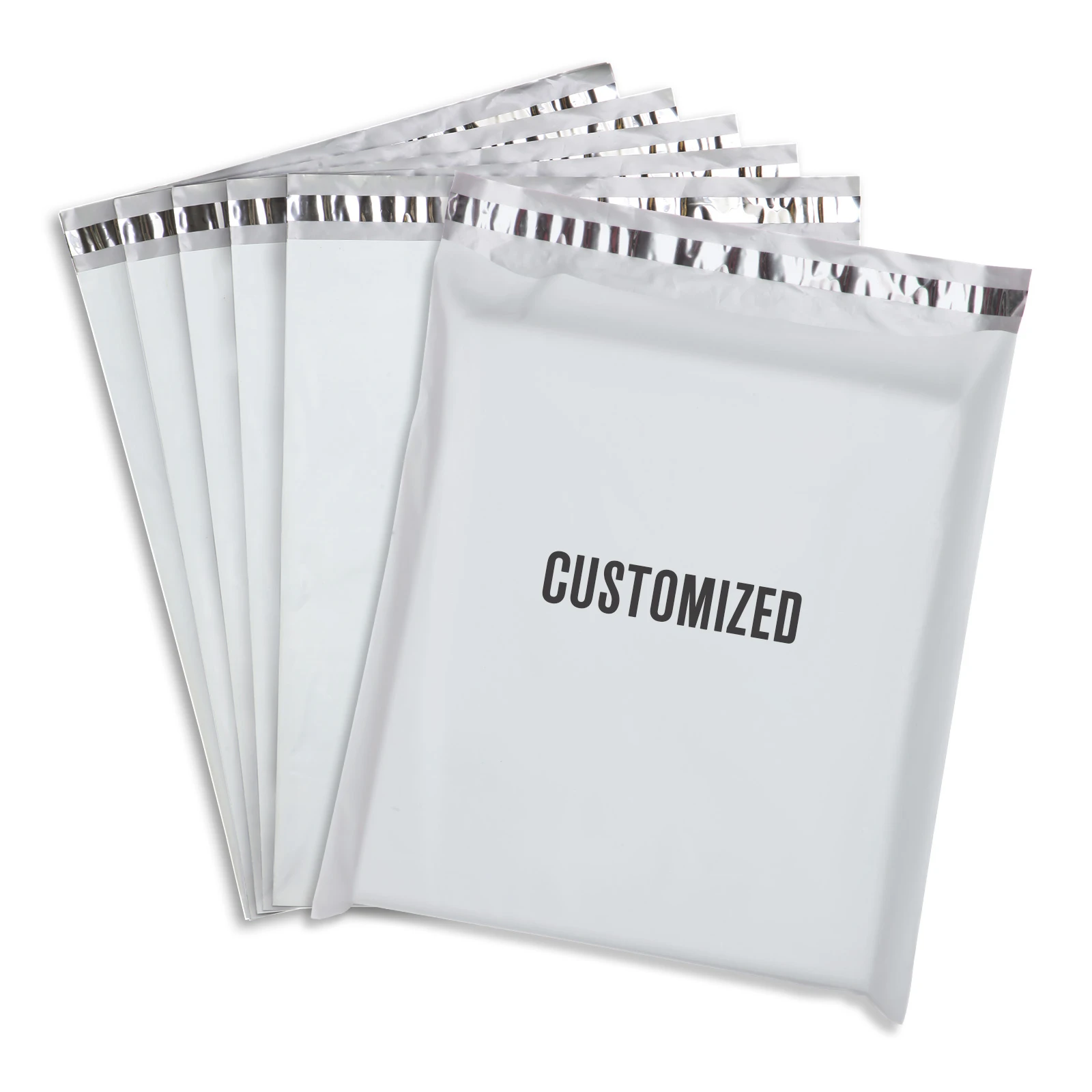Kraft Paper Solutions for Sustainable Food Packaging and Preservation Techniques
Kraft Paper for Food Packaging An Eco-Friendly Choice
In recent years, the food packaging industry has witnessed a significant shift towards sustainable materials that not only protect the product but also align with environmentally-conscious consumer preferences. Among these options, kraft paper has emerged as a popular choice for food packaging. Its unique properties, combined with its environmental benefits, make it an ideal material for a variety of food-related applications.
Kraft paper is made from wood pulp through a process that retains most of the wood fibers, resulting in a strong and durable material. This durability makes it particularly suitable for packaging food items, ranging from baked goods and snacks to fresh produce and takeout meals. One of the standout features of kraft paper is its high tear resistance, which helps prevent accidental spills and contamination, ensuring the safety and quality of the food inside.
Kraft Paper for Food Packaging An Eco-Friendly Choice
A major highlight of kraft paper is its sustainability. In an age where environmental concerns are top of mind for consumers, kraft paper stands out as a biodegradable and recyclable material. Unlike plastics, which can take hundreds of years to decompose, kraft paper breaks down naturally, returning to the earth without leaving harmful residues. Moreover, as it is often produced from sustainably sourced wood, it supports responsible forestry practices. Many manufacturers are now using 100% recycled kraft paper in their production, further minimizing environmental impact.
kraft paper for food packaging

The growing emphasis on reducing plastic waste has led to a rising demand for innovative and eco-friendly packaging solutions. Kraft paper fits the bill perfectly; it offers not only a sustainable alternative to plastic but also a more appealing aesthetic. The natural brown hue of kraft paper has a rustic charm that many consumers find attractive, conveying a sense of authenticity and quality. This is particularly important in the food industry, where presentation can significantly influence purchasing decisions.
Moreover, using kraft paper in food packaging aligns with consumer trends towards healthier and more sustainable eating habits. Studies have shown that consumers are willing to pay a premium for products that come in eco-friendly packaging. By adopting kraft paper, brands can enhance their reputation and build loyalty among environmentally-conscious consumers.
However, it's essential to consider the certifications and standards that govern the use of kraft paper in food packaging. Packaging materials must be compliant with food safety regulations to ensure consumer protection. Many manufacturers opt for materials that are FDA-approved for direct contact with food, providing peace of mind for both producers and consumers.
In conclusion, kraft paper has solidified its position as a preferred choice for food packaging, thanks to its durability, versatility, and eco-friendliness. As the food packaging landscape continues to evolve, embracing sustainable alternatives like kraft paper not only meets consumer demand but also contributes to the greater goal of environmental conservation. By choosing kraft paper, businesses can support a greener future while delivering quality products that resonate with conscious consumers. As we move forward, the integration of such sustainable practices will play a crucial role in shaping the future of the food industry.
-
The Best Uses for Small Trash Bags in Daily LifeNewsJul.01,2025
-
Stylish Reusable Grocery Bags TrendsNewsJul.01,2025
-
Shipping Advantages of Using Bubble Envelopes BulkNewsJul.01,2025
-
How Compostable Mailing Bags Reduce Environmental ImpactNewsJul.01,2025
-
Environmentally - Friendly Bulk Poly MailersNewsJul.01,2025
-
Eco Friendly Custom Laminated Tote BagsNewsJul.01,2025
-
Have the freedom of customizing your custom mailers any way you want! Our dedicated packaging support will help deliver you the mailing experience you need to elevate your shipping experience to the next level! Start making a strong impression on your customers and stand out from your competitors! -
LIYA uses high quality raw materials which directly purchased from large enterprises domestic and overseas such as PetroChina, Sinopec, Sabic, Equate, ExxonMobil, Dow Chemical, Total, and Borouge, ensuring the price advantage and quality of the raw materials. -
LIYA uses high quality raw materials which directly purchased from large enterprises domestic and overseas such as PetroChina, Sinopec, Sabic, Equate, ExxonMobil, Dow Chemical, Total, and Borouge, ensuring the price advantage and quality of the raw materials.





